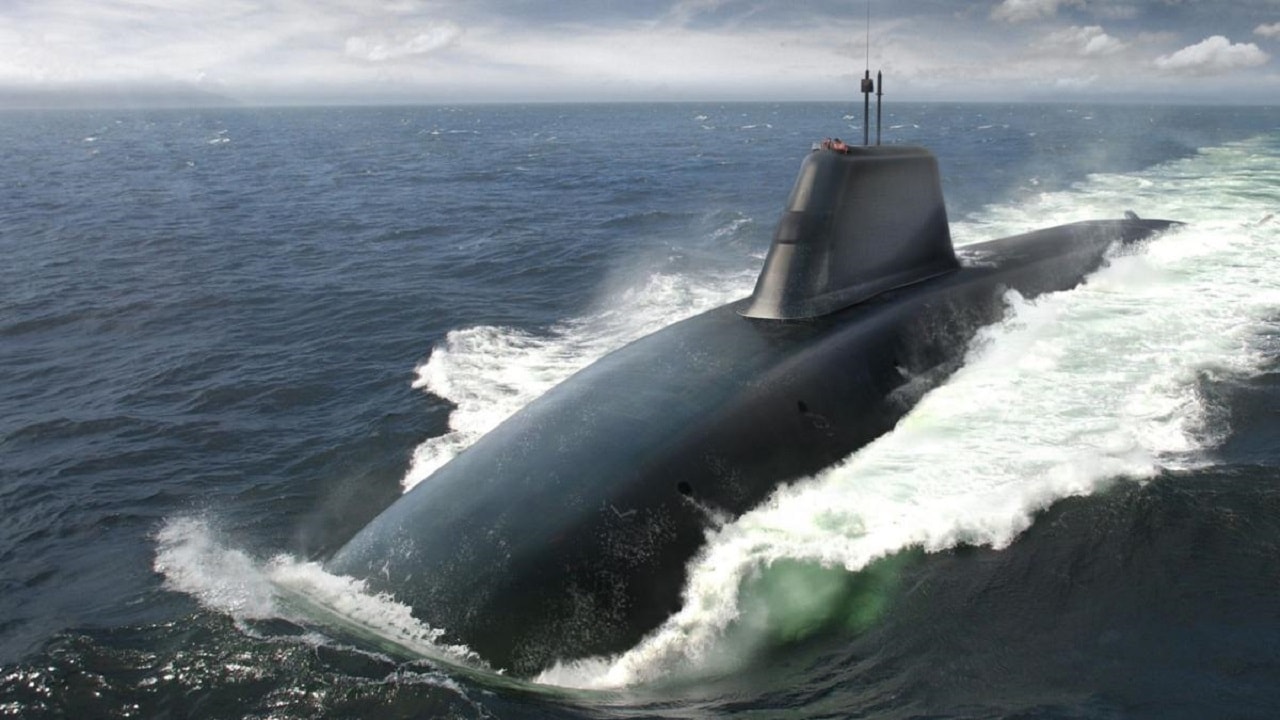UK Increased Investment in Dreadnought Submarine Program – This week, the UK Ministry of Defence (MoD) announced that will greatly increase its investment to develop and produce the Dreadnought-class submarines, which are now under construction at the Barrow-in-Furness shipyards. Defense contracts worth more than £2 billion have been awarded to BAE Systems and Rolls-Royce to begin the third major phase of the future submarine nuclear deterrent program.
Delivery Phase 3 (DP3) has been seen as the most significant stage so far in terms of criticality, value, and complexity. As part of the DP3, the lead boat, HMS Dreadnought will exit the Barrow-in-Furness shipyard to begin sea trials, which will also lay the foundation to sustain the Continuous at Sea Deterrence (CASD) for as long as the international security situation makes it necessary.
The MoD has described the Dreadnought-class submarine as “one of the most complex machines ever built,” while it will be able to operate in “one of the most hostile environments on the planet.” Each of the future submarines of the class will contain 26.4 miles of pipework and more than 20,000 cables spanning a whopping 215 miles in total – enough to stretch from London to the Welsh city of Cardiff.
Each will also be the largest class of submarines ever constructed for the Royal Navy, and all of the four planned boats will be the length of three Olympic swimming pools. They will also be the “stealthiest” Royal Navy submarines ever constructed, and in addition to advances in the hull design, the Dreadnought-class will incorporate a new Turbo-Electric drive, a much quieter propulsion system.
The boats, which will eventually replace the current Vanguard-class of ballistic missile submarines, will serve as part of the Royal Navy’s continuous at-sea nuclear deterrent force. As with their predecessors, the future submarines of the Dreadnought-class will carry Trident II D-5 missiles. Each will be equipped with four 21-inch (533mm) torpedo tubes for Spearfish heavyweight torpedoes and 12 ballistic missile tubes for eight to 12 of the Lockheed Trident II SLBMs – each carrying up to eight warheads.
“The Dreadnought Class will be crucial to maintaining and safeguarding our national security, with the nuclear deterrent protecting every UK citizen from the most extreme threats, every minute of every day,” explained Jeremy Quin, UK Defence procurement minister.
Job Creators and Future Investment
The overall program currently supports around 30,000 jobs across the UK, from design to manufacturing.
“Designed in the UK, built in the UK and supporting tens of thousands of jobs in the UK, the Dreadnought programme is a leading example of our commitment to defence manufacturing and will continue to boost British industry for decades to come,” added Quin.
Beyond the nuclear deterrent role, the MoD has touted the fact that the program brings huge benefits to the BAE Systems’ Submarines Academy for Skills and Knowledge, based at the Barrow-in-Furness site. Opened in 2018, the academy is currently training more than 1,050 apprentices and graduates, with a further 230 craft apprentices, 110 degree apprentices, and 90 graduates set to join this year.
“We take great pride in designing and delivering one of the world’s most advanced engineering programmes and helping to protect national security,” said Steve Timms, managing director, BAE Systems Submarines. “(The) funding announcement allows us to maintain the Dreadnought programme’s progress and continue investing in the infrastructure and skills needed to deliver these highly complex submarines to the Royal Navy.”
Now a Senior Editor for 1945, Peter Suciu is a Michigan-based writer who has contributed to more than four dozen magazines, newspapers and websites. He regularly writes about military hardware, and is the author of several books on military headgear including A Gallery of Military Headdress, which is available on Amazon.com. Peter is also a Contributing Writer for Forbes.

